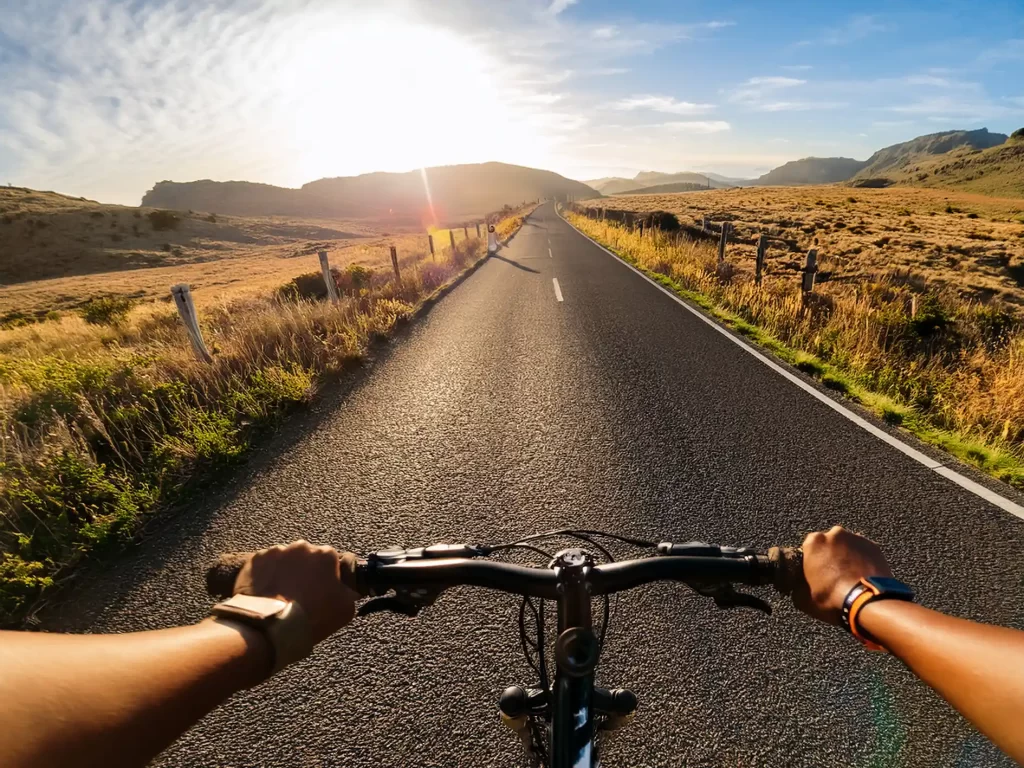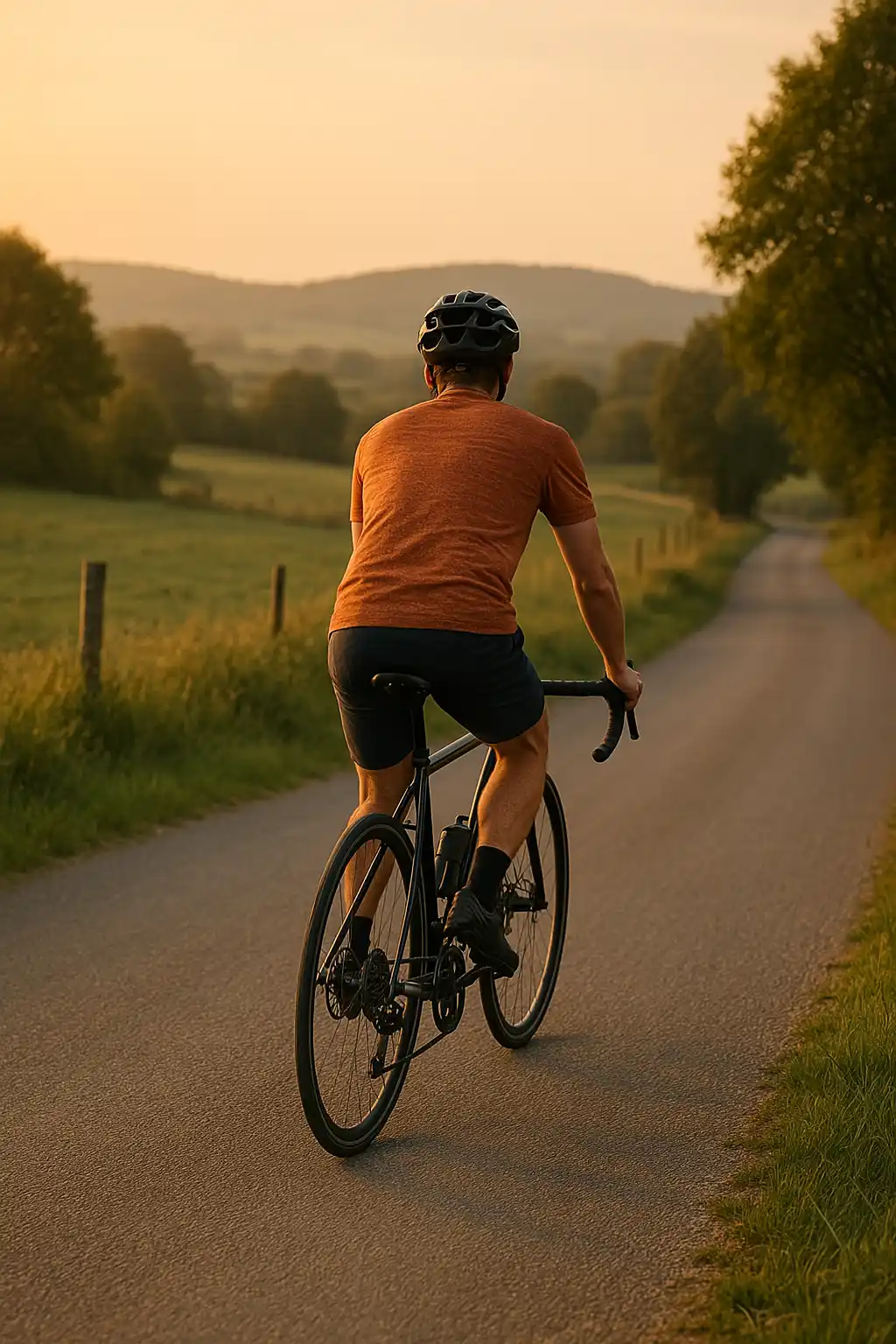When I first started cycling, I thought pushing hard in a big gear meant I was getting stronger and faster. It felt satisfying—until my legs were cooked halfway through a ride. What I didn’t realize at the time was that I was working harder, not smarter. Once I started paying attention to my cadence—how fast I was pedaling—everything changed.
If you’re just getting into cycling or indoor biking, this might be one of the most helpful shifts you can make early on: pedal faster with less resistance rather than grinding through heavy gears.
What Is Cadence?
Cadence is the number of times you turn the pedals per minute—your pedal revolutions. It’s like your rhythm on the bike. And believe it or not, the speed at which your legs spin can have a massive impact on how you feel and perform during a ride.
For a long time, I had no idea what cadence I was riding at. I just shifted into a gear that felt “strong” and went. But once I started experimenting with a higher cadence, my endurance improved and my rides became way more enjoyable.
Why Spinning Faster Works Better
Pedaling in a lower gear with a higher cadence shifts more of the work to your heart and lungs instead of your leg muscles. And since your cardiovascular system recovers faster than your muscles, this makes longer rides much easier.
Benefits I Noticed Right Away:
- Less muscle fatigue – My legs didn’t feel like concrete halfway through the ride.
- More endurance – I could ride longer without burning out.
- Smoother pedaling – My pedal stroke felt more natural and fluid.
Plus, I wasn’t putting nearly as much strain on my knees, which made a huge difference in how I felt after the ride.
The Problem with Over-Gearing
When you ride in a gear that’s too heavy and pedal slowly, you put more strain on your muscles and joints. It might feel powerful for a while, but eventually, it catches up with you.
What I Used to Experience:
- Burning quads early in the ride
- Sore knees the next day
- A feeling of “grinding” instead of flowing
Once I started focusing on spinning lighter and faster, it felt like I unlocked a new way to ride.

Finding the Right Cadence for You
There’s no magic number that works for everyone, but a good range for beginners is between 80–100 RPM. I started on the lower end and gradually worked my way up.
Here’s how I adjusted:
- Started slow – I didn’t rush to hit 100 RPM on day one.
- Paid attention to comfort – If my legs or lungs felt off, I adjusted.
- Watched how my body reacted – It became easier to sense when I was over-gearing just by how my legs felt.
Simple Drills That Helped Me Improve
You don’t need to be on a fancy training plan to get used to spinning faster. A few simple drills made a big difference for me:
- Spin-ups – I’d slowly increase my cadence for 30 seconds, then recover.
- High cadence intervals – I’d pick a low gear and pedal as fast as I could for 15–30 seconds, then back off.
- Cadence builds – I’d ride at a comfortable pace and increase my cadence a little every few minutes.
These were easy to fit into my regular rides, and they helped my legs and brain get used to moving faster without tension.
I used to think pushing a big gear was the “strong” way to ride. But honestly, I feel stronger now that I’ve learned to spin faster and lighter. It’s easier on my body, more sustainable, and just plain more fun.
If you’re new to cycling, I highly recommend focusing on your cadence early on. Don’t be afraid to downshift and spin. You’ll feel better during your rides, recover faster, and enjoy the process so much more.
So next time you’re out on the bike or warming up on the trainer, try spinning a little faster—you might be surprised by how much better it feels.
